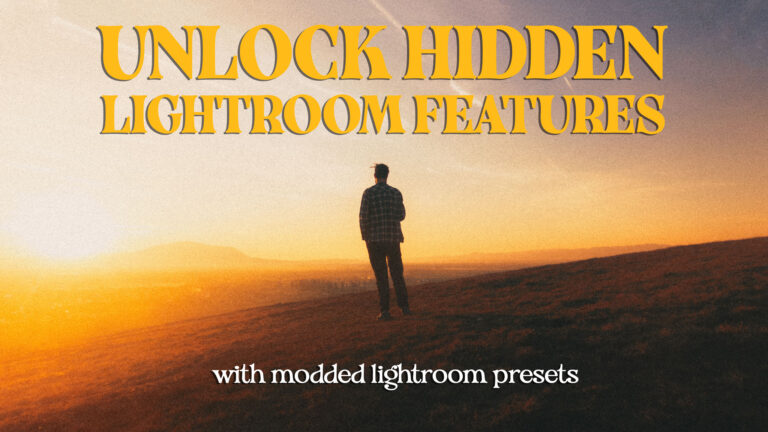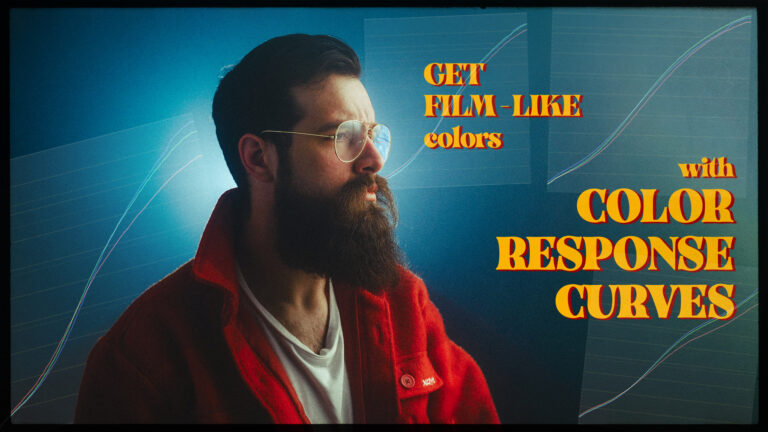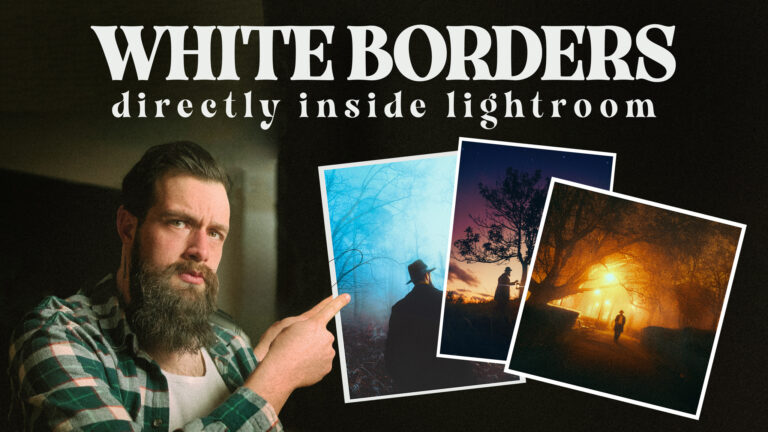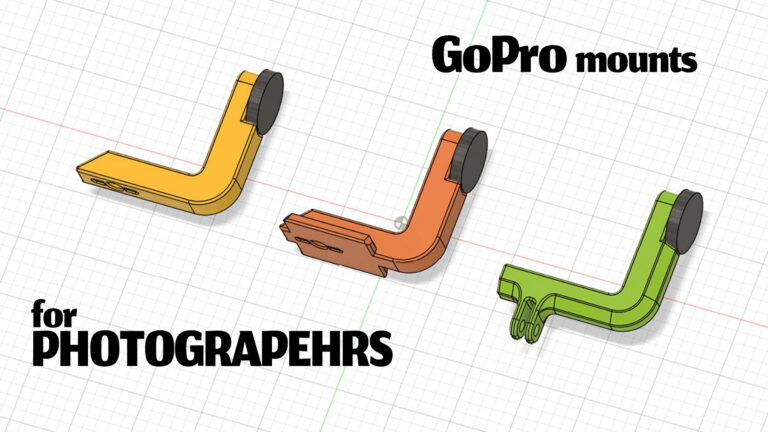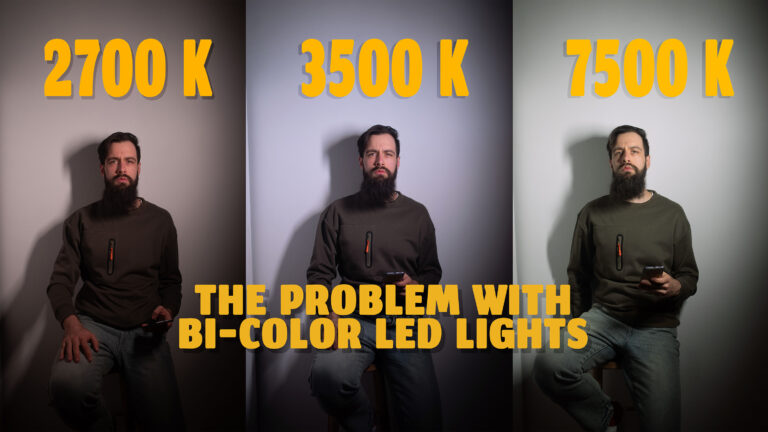This article is not just for my fellow Nikon DSLR users but for all the lens nerds out there! I know there aren’t many DSLR users left around but let’s at least document this problem.
If you’ve been struggling to get the classic swirly bokeh effect out of your vintage Helios 44 lens on a Nikon DSLR you might be surprised to learn the culprit isn’t the lens itself. The factory it has been made in does not matter as much as the way you adapt the lens to your camera.
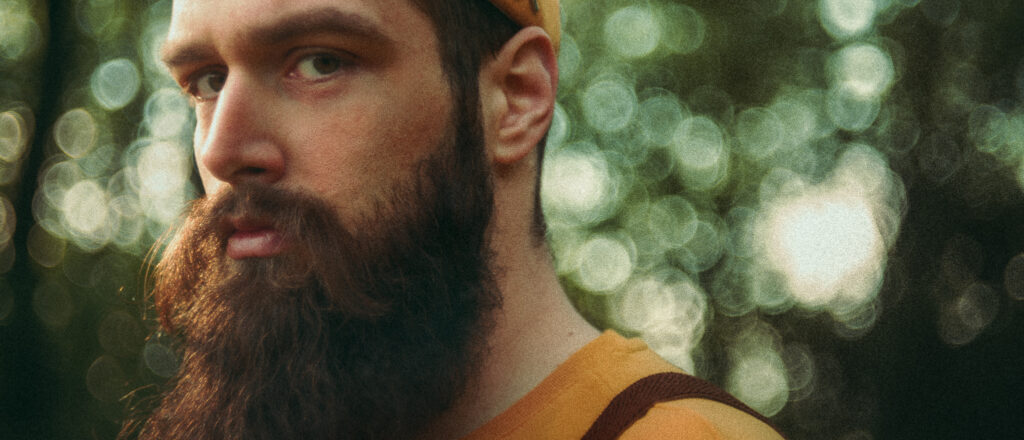
I started this exploration by going out to get some portraits to promote my Film emulation with Color Response Curves [Lightroom Camera Profiles] and noticing some odd bokeh balls in some of the shots. And to be honest I always wondered why my Helios lenses don’t have the swirly bokeh that is as pronounced as what I’ve seen coming from these lenses. With the discussion about which Russian factory made better ones, I have always dismissed it as “my copy being a bad one” but this soap bubble-looking bokeh with hard bright edges pushed me to explore further. What was causing it? Is it normal? Because I did notice it on a lot of my vintage glass.
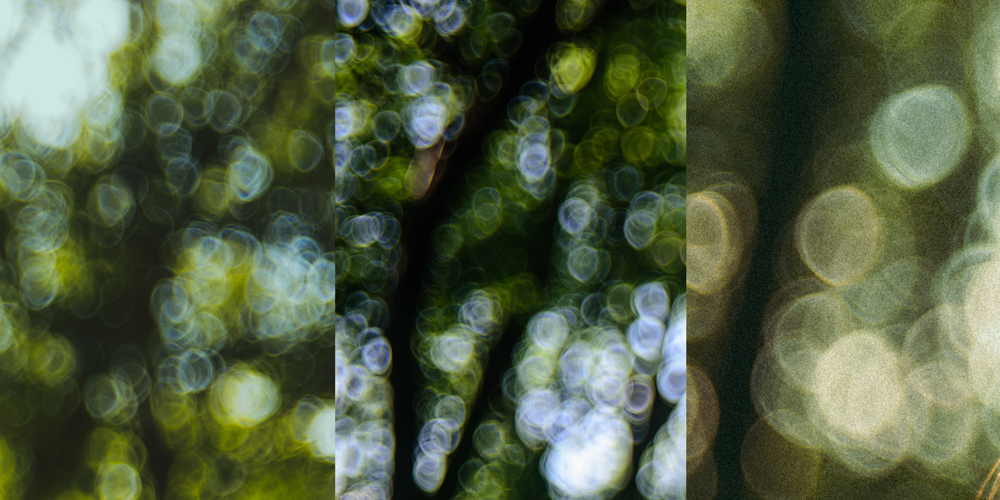
I took apart my lens, cleaned it, greased up all the right parts, and was even thinking about recoating the interior black paint but all this time the problem was staring me in the face. It was the cheap adapter I was using.
It’s all because of this one millimeter! Nikon DSLRs have a longer flange distance (46.5mm) than M42 cameras (45.46mm). It also needs a bit of material between the lens and the camera for the locking pin of the Nikon camera mounting system to engage. So it’s more like two millimeters. This extra space throws off the ability to focus to infinity on M42 lenses. And is the reason why, we Nikon DSLR users need a lens in our M42 adapters.
I am sure you heard that the “glass in any adapter can affect image quality“. But what does this mean? I was expecting the images to be softer (and sometimes they are), and maybe some extra blooming or flares to occur but there’s one more thing I wouldn’t have guessed falls under “can affect image quality”. The shape, texture, and amount of bokeh a lens can produce.

So if it would be to boil down this entire article to one sentence.
The M42 to Nikon adapter that has glass will tone down swirly bokeh, and will add texture to your bokeh balls.
This can be solved in many different ways. First of all, there are people who rehouse and modify these old lenses to fit modern cameras. And if you have the money, by all means, go for it! You will get a lens that has been refurbished properly and that will probably outlive you. But if you don’t want to spend that much you can get this 2$ no glass adapter from here: ALIEXPRESS LINK and modify your lenses with a few metal shims. You can find guides online for the more popular lines like the Helios, but the general idea is to move the optical block closer to the sensor. Another option, if you have a 3d printer, is to print this: Minimal M42 to Nikon F adapter I remixed from @PhysicsDude or something similar. At least on my printer, my version makes the lens fit snugly on the camera’s body without drilling any holes in my lens housing and I’m confident enough to walk around with my Helios 44-2 lens mounted like this until my metal mounting options arrive from China.
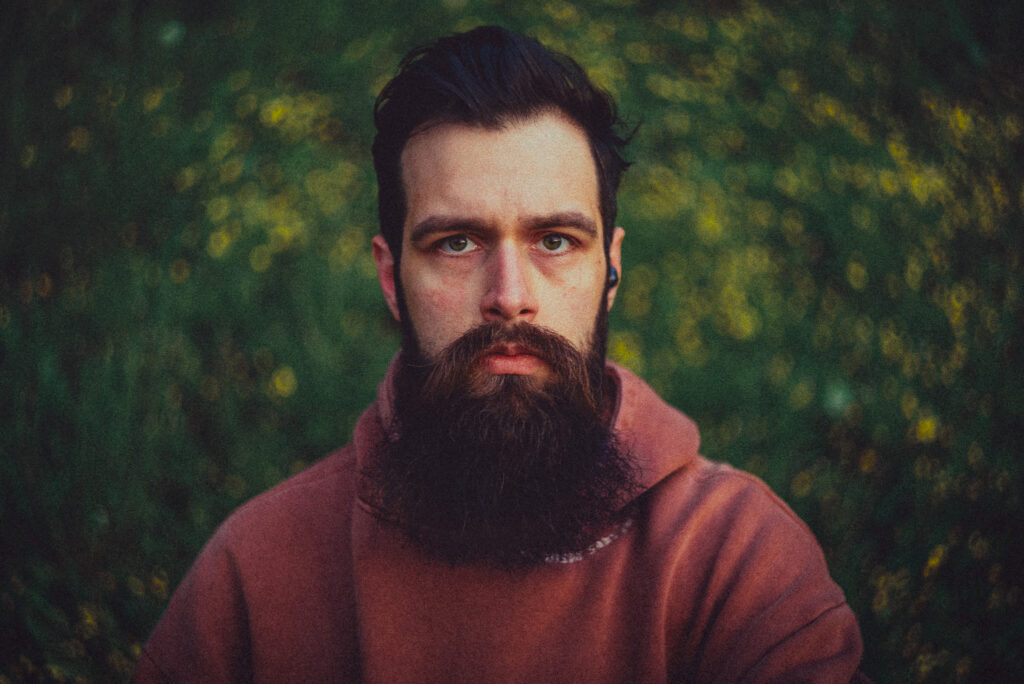
At the end of the day, I have to say I feel like a child who just got his Christmas present! My Helios lens now feels brand new even though I had it for years. It feels like a completely new lens, a much better one with a softer more pleasant look, that fits my style of film emulation a lot better, and with swirly bokeh that is very apparent. I plan to use it to create a lot of dreamy portraits and after testing it out I even dropped the idea of making it into an anamorfake lens because the character of the original lens is just too pleasant.
